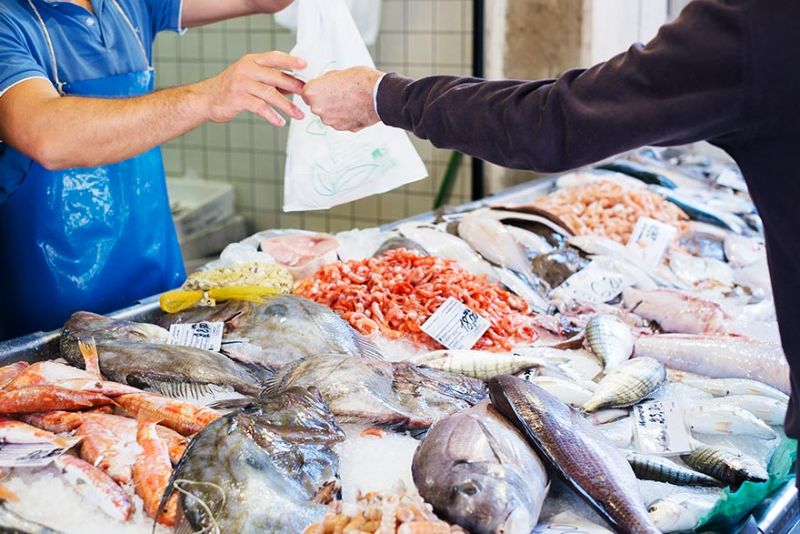Business
Indian seafood is bought by Asian and European buyers; to compensate for the drop in US shipments

Even though the United States has decreased its imports of Indian shrimp this year, buyers from other parts of the world continue to place their bets on India, which produces approximately 900,000 tonnes of aquaculture shrimp annually.
China and Vietnam increased their purchases from India after Ecuador entered the US shrimp market in FY 2023. According to the Marine Products Export Development Authority (MPEDA), seafood exports to the United States will decrease by 23% until December 2023. However, exports to China have increased by 26%, to Southeast Asia by 48%, and to Europe by 18%.
At the India International Seafood Show last week in Kolkata, buyers from all over the world were eager to increase their purchases from India. Jeneya Ning, general manager of Qingdao Xianyue Seafood Co. in China, stated that in addition to shrimp, her company purchases Indian cephalopods like squid, cuttlefish, and octopus. She stated, “It is mostly for domestic consumption.”
Despite the fact that China is a major producer of marine products, demand cannot be met by its domestic production. Indian seafood is currently purchased by China in second place.
Thailand and Vietnam, two economies in Southeast Asia, dominated the supply of shrimp for a number of years before the widespread outbreak of diseases reduced their production. The majority of Vietnam’s seafood purchases from India are for re-export to Europe and other nations.
“There are not many new farms in Vietnam now and the production from existing farms is not sufficient for export and domestic requirement. We also buy from Indonesia,’’ David Le, head of the purchasing department at VinhPhat Food Joint Stock Company of Vietnam, told Moneycontrol.
He is concerned about orders being canceled from Europe, where 50% of the exports go. Demand in Europe has been hampered by an energy crisis and inflation.
Rogier Speelman, the managing director of Fisherman’s Choice, which purchases marine products from around the world and is based in the Netherlands, stated, “But the energy prices have started decreasing and we expect demand for seafood to rise after May.”
Companies began buying a lot of seafood in Europe at the beginning of 2022 when demand was high. However, after September, consumers cut back on spending due to rising gas prices and inflation.
“We are saddled with stock purchased at high prices. But now with a 10-15 percent drop in prices, we will continue to buy so that we can bring down the cost of the stock,’’ Speelman said.
He purchases black tiger shrimp, which are more popular in northern Europe, as well as Vannamie shrimp.
-

 Sports4 weeks ago
Sports4 weeks agoFIFA Club World Cup 2025: Complete List of Qualified Teams and Groups
-

 Sports3 weeks ago
Sports3 weeks agoAl Ahly vs Inter Miami, 2025 FIFA Club World Cup – Preview, Prediction, Predicted Lineups and How to Watch
-
Health2 weeks ago
Back to Roots: Ayurveda Offers Natural Cure for Common Hair Woes
-

 Tech2 weeks ago
Tech2 weeks agoFrom Soil to Silicon: The Rise of Agriculture AI and Drone Innovations in 2025
-

 Sports4 weeks ago
Sports4 weeks agoFIVB Men’s Volleyball Nations League 2025: Full Schedule, Fixtures, Format, Teams, Pools and How to Watch
-

 Startup3 weeks ago
Startup3 weeks agoHow Instagram Is Driving Global Social Media Marketing Trends
-

 Sports3 weeks ago
Sports3 weeks agoWorld Judo Championships 2025: Full Schedule, Date, Time, Key Athletes and How to Watch
-

 Sports2 weeks ago
Sports2 weeks agoFIBA 3×3 World Cup 2025: Full Schedule, Preview, and How to Watch















